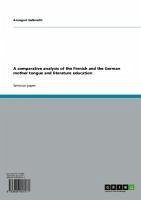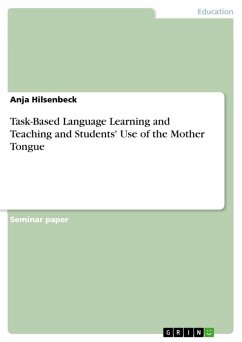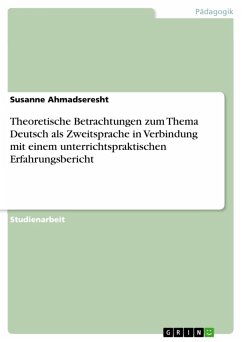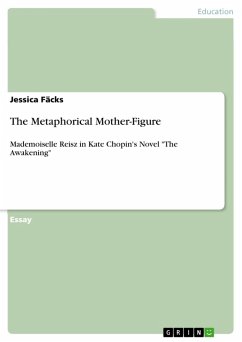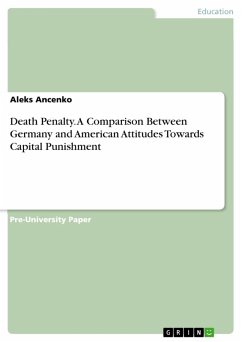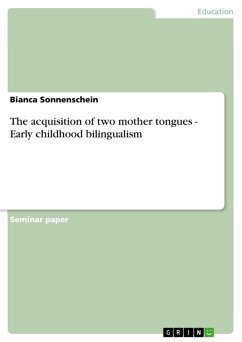"Language is the key instrument that allows us to create the reality we live in and coordinate our actions with others" (LAHDENPERÄ, 2006: 69). The language we need to build up our own life by interacting with others and its related education are at the same time alike and unlike in different countries. Whereas there are common features in languages and language education, distinctive linguistic and especially cultural conditions lead to variations in teaching mother tongue and literature. The results of the international student assessment programme PISA, organised by the OECD (Organisation for Economic Co-operation and Development) (SARKOMAA, 2008: 2), have been widely discussed in Germany since the publication of its first cycle. The mass media and experts have labelled the achievements of the German pupils and consequently the German education system as weak. While Finnish students achieved an average scale of about 550 in the reading literacy assessment and consequently the second place in 2006, the German pupils scored with nearly 500 points, which meant the 18th rank of all countries and four positions above OECD-average (HARJUNEN and KARJALAINEN, 2008: 150). At the same time, the Finnish results meant a positive surprise for the Finnish society and were considered to be excellent (SARKOMAA, 2008: 3). Finnish is a member of the Finno-Ugrian language family and therefore completely different from the Indo-European languages, such as German, which are spoken mostly in Europe (KULONEN, 1998: 1). One of its characteristics is a phonological writing system, which makes it easy to learn to read and to write (THE BLACKWELL ENCYCLOPEDIA OF WRITING SYSTEMS). This might be an advance of the Finnish students compared to the German students who have to acquire several orthography techniques and strategies in their first school years as there are a lot of morphological features in the German language influencing the spelling. However, this cannot be the secret behind the good assessment results of the Finnish students. They must originate from the education system itself. Therefore, it is the aim of this essay to answer the following questions: What are the differences between the mother tongue and literature education in Finland and Germany? How is language taught similarly in both countries? What are the strengths and weaknesses of both systems? Which improvements can be proposed?
Dieser Download kann aus rechtlichen Gründen nur mit Rechnungsadresse in A, B, BG, CY, CZ, D, DK, EW, E, FIN, F, GR, HR, H, IRL, I, LT, L, LR, M, NL, PL, P, R, S, SLO, SK ausgeliefert werden.

